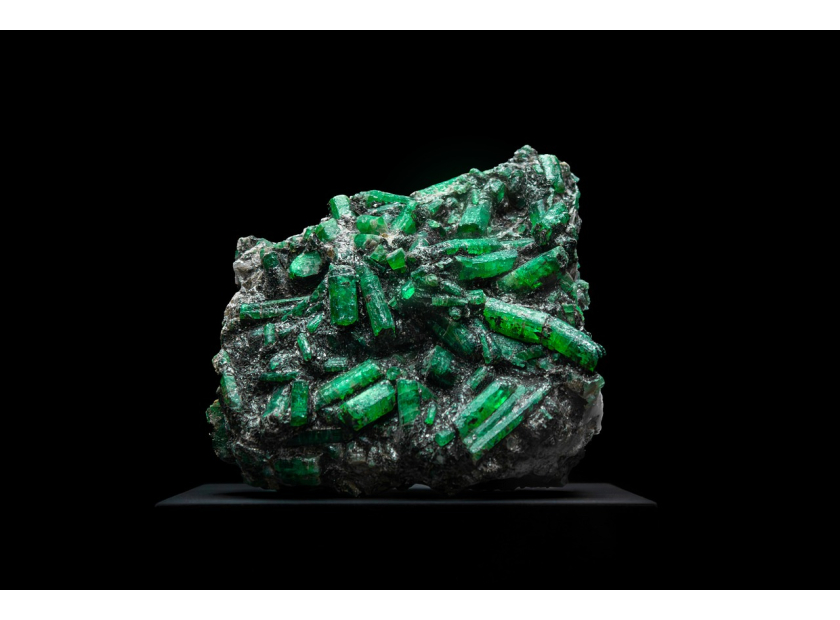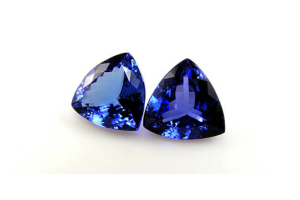USD
/
USD
/
Shipping to:
Currency:
How to Tell If a Chrysoberyl Is Real – Gemstone Identification Guide
Chrysoberyl is a captivating gemstone known for its unique properties, including the mesmerizing cat's eye effect and the rare color-changing alexandrite variety. Ensuring a chrysoberyl is real is essential for collectors, jewelers, and buyers. This guide will walk you through how to spot a genuine chrysoberyl with confidence.
Understanding Chrysoberyl
Chrysoberyl is a beryllium aluminum oxide mineral known for its outstanding hardness and brilliance. It usually appears in shades of yellow, green, or brown. The most well-known types include:
- Cat's Eye Chrysoberyl (Cymophane): Shows a distinct chatoyancy resembling a cat's eye.
- Alexandrite: Displays a dramatic color shift from green in daylight to red under incandescent light.
If you're exploring unique gemstone options for jewelry, check out the collection of gemstone engagement rings for beautiful ideas.
Why Authenticating Chrysoberyl Matters
The gemstone market has its fair share of imitations and synthetics that look like chrysoberyl. Spotting the real thing protects you from overpaying for a fake and ensures you're getting a quality piece.
Want to explore how gemstones compare to lab-created stones? Read this helpful breakdown: lab-grown diamonds vs. gemstones.
Key Characteristics of Real Chrysoberyl
Authentic chrysoberyl has some very specific traits:
- Hardness: It measures 8.5 on the Mohs scale, so it's highly scratch-resistant.
- Refractive Index: Falls between 1.746 and 1.755, contributing to its brilliance.
- Specific Gravity: Typically ranges from 3.70 to 3.78.
- Pleochroism: Especially in alexandrite, you'll notice different colors from different angles.
If you're curious about how gemstones like chrysoberyl form, this article on gemstone and diamond formation is a must-read.
How to Test a Chrysoberyl for Authenticity
To determine if a chrysoberyl is real, consider these common tests:
- Visual Inspection: Use good lighting to check for clarity and color consistency. In cat’s eye chrysoberyl, look for a crisp, centered eye line that moves with the light.
- Magnification: Under a loupe, you should see fine, needle-like inclusions that create the cat’s eye effect in natural stones.
- Refractive Index Test: Use a refractometer to confirm the RI is within the known chrysoberyl range.
- Specific Gravity Test: This helps measure density to rule out glass or other imitations.
- UV Light Response: Natural chrysoberyl typically does not glow under UV light, unlike some synthetic stones.
How to Spot Fakes or Treatments
Watch out for signs that a chrysoberyl might not be genuine:
- Overly Bright or Unnatural Colors: These may point to synthetic origins or dye treatments.
- Blurry or Uneven Chatoyancy: In cat's eye gems, a fuzzy or off-center line may indicate a fake.
- Gas Bubbles: Visible under magnification, bubbles are a clear sign of a glass imitation.
- Scratches or Surface Wear: Real chrysoberyl is very hard, so visible scratches may mean it's a softer fake.
When to Consult a Gemologist
If you're still unsure, a certified gemologist can run advanced tests and provide a full lab report, giving you peace of mind about your stone’s authenticity.
Tips for Buying Authentic Chrysoberyl
Here’s how to shop smart when looking for a genuine stone:
- Buy from Trusted Sellers: Choose reputable jewelers with good customer reviews.
- Ask for Certification: Look for stones that come with authenticity reports from a gem lab.
- Don’t Fall for Unrealistic Prices: If the deal seems too good to be true, it probably is.
- See the Stone in Person: If possible, examine the gemstone yourself or consult a gem expert.
Want something bold and off the beaten path? Explore these non-traditional engagement rings for creative inspiration.
Alexandrite vs. Chrysoberyl
Both stones belong to the chrysoberyl family, but alexandrite stands out for its ability to shift colors dramatically based on lighting. That, along with its rarity, makes alexandrite far more valuable than typical yellow-green chrysoberyl.
Pair your gemstone with a timeless design from the collection of diamond wedding rings to create a set with meaning.
Frequently Asked Questions
Is cat's eye chrysoberyl always real?
No. While the cat's eye effect is a signature trait, it can be replicated in other materials. Always test or get expert verification.
Can I test chrysoberyl at home?
You can try basic visual and hardness tests at home, but for best results, use professional tools or consult a gemologist.
What’s the price range for real chrysoberyl?
It varies widely based on quality and type. Cat’s eye and alexandrite stones are typically more expensive due to rarity and visual appeal.
Which chrysoberyl color is most valuable?
Among standard types, a clean yellow-green is prized. For alexandrite, a strong color shift between green and red is the most sought-after feature.








